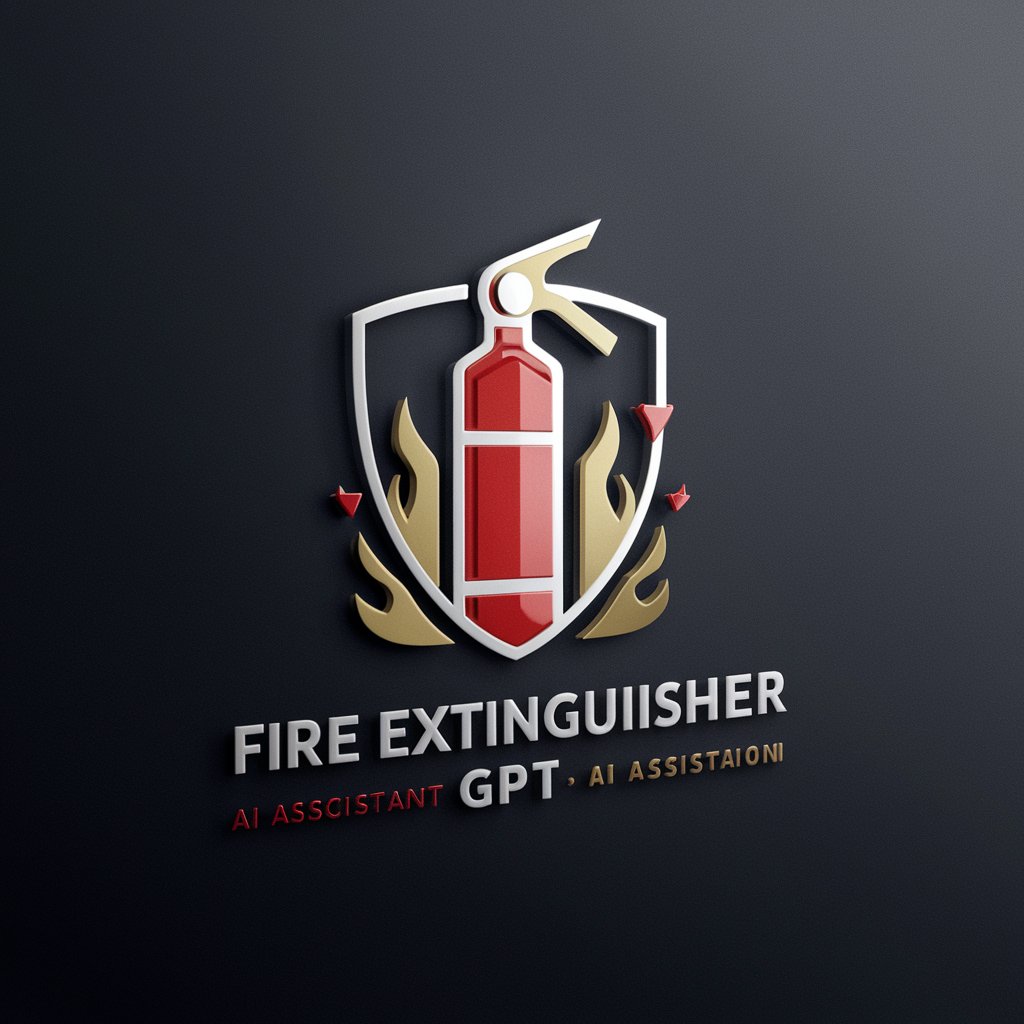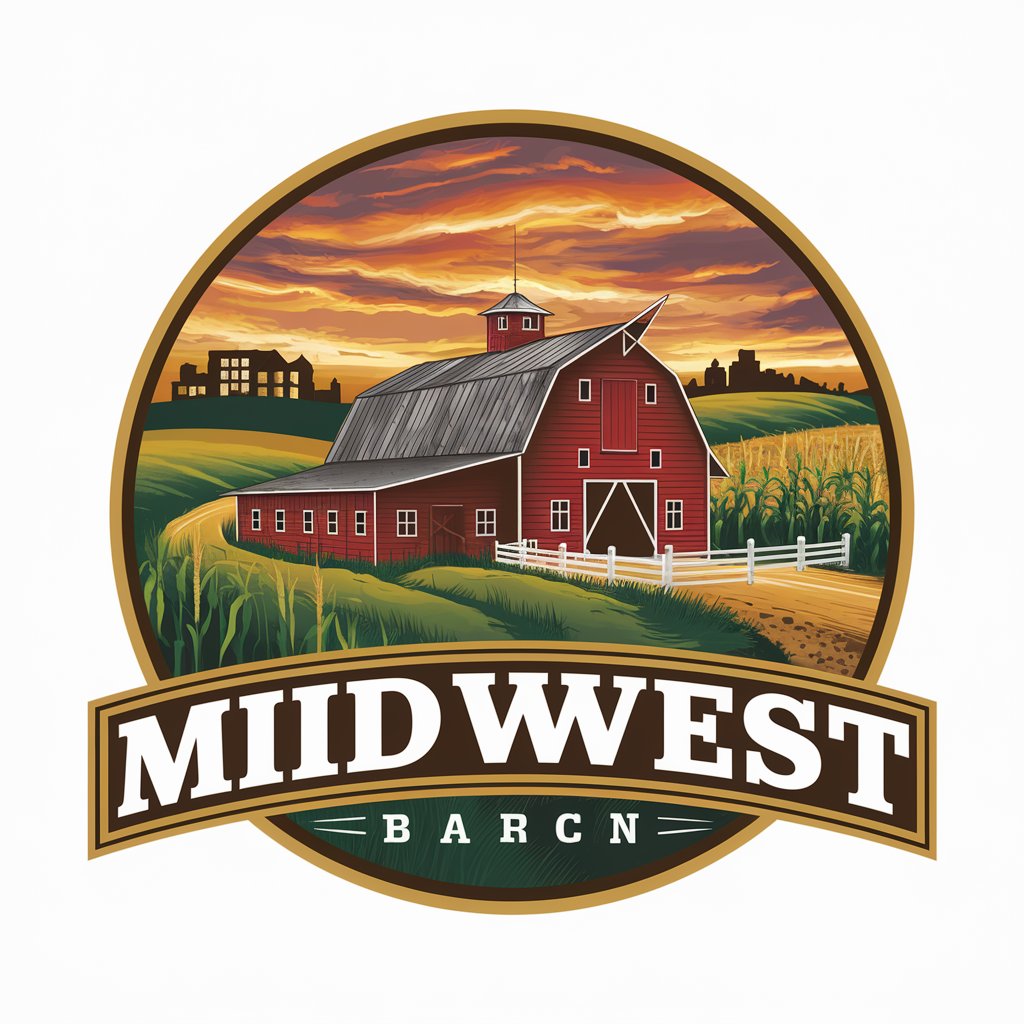Fire Extinguisher - Fire Safety Guidance

Hello! I'm here to help you with all your fire extinguisher and safety needs.
Empowering Fire Safety with AI
What type of fire extinguisher should I use for an electrical fire?
Can you explain how to maintain a fire extinguisher?
What are the different classes of fire extinguishers and their uses?
How often should fire extinguishers be inspected?
Get Embed Code
Introduction to Fire Extinguisher
Fire extinguishers are active fire protection devices designed to extinguish or control small fires, often in emergency situations. They are not intended for use on an out-of-control fire, such as one which has reached the ceiling, endangers the user (i.e., no escape route, smoke, explosion hazard, etc.), or otherwise requires the expertise of a fire brigade. Fire extinguishers consist of a handheld cylindrical pressure vessel containing an agent that can be discharged to extinguish a fire. There are several types of fire extinguishers, each designed to fight specific classes of fire: water, foam, dry powder, CO2, and wet chemical. For example, a CO2 extinguisher is ideal for electrical fires, as it doesn't conduct electricity and leaves no residue, while a wet chemical extinguisher is designed for cooking oil fires in kitchens. Powered by ChatGPT-4o。

Main Functions of Fire Extinguishers
Extinguishing Fires
Example
A dry powder extinguisher used on a Class B fire (flammable liquids)
Scenario
In a scenario where a gasoline container in a garage catches fire, a dry powder extinguisher can be used to effectively douse the fire by separating the fuel from the oxygen in the air.
Preventing Fire Spread
Example
A water extinguisher used on a Class A fire (ordinary combustibles)
Scenario
If a fire starts in a trash bin filled with paper and wood, using a water extinguisher can quickly dampen the materials, preventing the fire from spreading to nearby flammable objects like curtains or furniture.
Electrical Fire Safety
Example
A CO2 extinguisher used on electrical fires
Scenario
In an office environment, if an electrical panel or computer equipment catches fire, a CO2 extinguisher can be utilized to safely extinguish the fire without causing damage to the electrical systems or risking electrocution.
Specialized Fire Extinguishing
Example
A wet chemical extinguisher used on a kitchen fire involving cooking oils
Scenario
In a commercial kitchen, when a deep fat fryer catches fire, a wet chemical extinguisher is necessary to safely and effectively extinguish the fire, preventing re-ignition by cooling and forming a soap-like substance on the surface of the oil.
Ideal Users of Fire Extinguisher Services
Homeowners
Homeowners benefit from having fire extinguishers as part of their home safety plan to quickly respond to small fires before they spread, reducing the risk of property damage and personal injury.
Businesses and Commercial Spaces
Businesses, especially those in industries with higher fire risks like restaurants, manufacturing, and warehouses, require specific types of fire extinguishers to meet regulatory standards and protect their assets and employees.
Educational Institutions
Schools, universities, and other educational institutions need fire extinguishers for immediate fire response capabilities to ensure the safety of students and staff in classrooms, laboratories, and dormitories.
Vehicle Owners
Vehicle owners, particularly those operating heavy machinery or transport vehicles, can benefit from having portable fire extinguishers to address potential fires caused by mechanical issues or accidents, enhancing safety during travel.

How to Use a Fire Extinguisher
Prepare for use
Before utilizing a fire extinguisher, ensure easy access to the device, familiarize yourself with its operation, and confirm it's suitable for the type of fire you're dealing with.
Pull the pin
Securely grasp the extinguisher, pulling the pin to break the tamper seal, which enables you to discharge the extinguisher.
Aim low
Position yourself at a safe distance from the fire, aiming the extinguisher's nozzle or hose at the base of the fire, not the flames.
Squeeze the lever
Squeeze the lever slowly and evenly to release the extinguishing agent, ensuring to maintain your aim at the base of the fire.
Sweep side to side
Sweep the nozzle or hose from side to side at the base of the fire until it appears to be out. Watch the area in case the fire reignites, and repeat the process if necessary.
Try other advanced and practical GPTs
Court Custody
Empowering Custody Decisions with AI

Trinna Boy
Unleash your inner street poet.

Find Racism Intention in Propaganda Text
Unveil hidden biases with AI-powered analysis

Midwest
Explore the Heart of America with AI

Quantitative Analysis
Empowering Decisions with AI Analysis

Follow Up BOT
Streamline Communications with AI-Powered Follow-Ups

Tweet Content Generator
Elevate Your Tweets with AI

PARIS
Your AI-Powered Parisian Guide

Sci-Fi World Builder
Craft your universe with AI

Webinartitel-Generator
Empower Your Webinars with AI-Crafted Titles

Brainy Buddy
Empowering Learning with AI

Swamp
Dive into Swamp Ecosystems with AI

Fire Extinguisher FAQs
What are the different types of fire extinguishers?
Fire extinguishers are categorized based on the type of fire they are designed to combat. These include water (Class A), foam (Class A & B), dry chemical (Class A, B, & C), carbon dioxide (CO2 for Class B & C), and wet chemical (Class K) extinguishers.
How do I choose the right fire extinguisher?
Select a fire extinguisher based on the types of fires most likely to occur in your environment. For general home use, a multipurpose (ABC) dry chemical extinguisher is recommended as it can handle most common fires.
How often should fire extinguishers be inspected?
Fire extinguishers should be inspected monthly for signs of damage or corrosion and should undergo a more thorough annual maintenance check by a professional.
Can a fire extinguisher expire?
Yes, fire extinguishers have a lifespan and can expire. They typically need to be recharged or replaced after 5 to 15 years, depending on the manufacturer's guidelines.
Is it safe to use a fire extinguisher on all types of fires?
No, using the wrong type of extinguisher on a fire can be dangerous. For example, water extinguishers should not be used on grease or electrical fires. Always check the extinguisher's label to ensure it's suitable for the type of fire you're facing.
